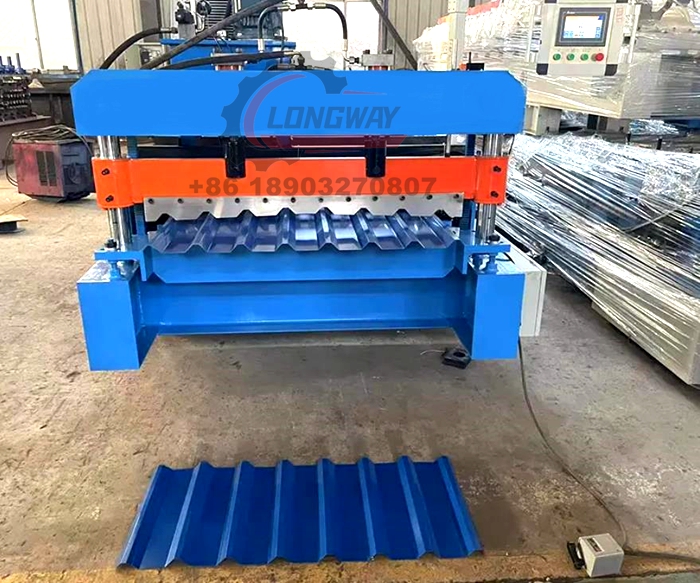Efficient Steel Slitting Line Solution for Precision Metal Processing Applications
Understanding the Simple Slitting Line An Essential Tool for Metal Processing
In the realm of metalworking and fabrication, efficiency and precision are paramount. One of the key technologies that enhance these factors is the simple slitting line. This specialized machinery is vital for processing large coils of metal into narrower strips, catering to a variety of industries, including automotive, construction, and manufacturing. This article explores the functionality, benefits, and applications of simple slitting lines.
What is a Simple Slitting Line?
A simple slitting line is a production line used to cut wide coils of material—typically metals such as steel or aluminum—into thinner, manageable strips. The process begins with a large coil of material fed into the slitting machine. The slitting line comprises several key components, including uncoilers, slitting blades, a tension leveler, and recoilers, which work in tandem to produce accurate, consistent width strips.
The uncoiler unwinds the coil, while the slitting blades perform the cutting operation. The tension leveler ensures that the material is processed evenly without any deformation. Finally, the recoiler rewinds the newly cut strips into coils for easy handling and transportation.
Key Benefits of Simple Slitting Lines
1. Increased Efficiency Simple slitting lines reduce the time and labor required for manual cutting operations. The automated nature of these machines allows for continuous processing of materials, leading to higher production outputs.
2. Precision Cutting The use of high-quality slitting blades ensures that cuts are made with exceptional accuracy. This precision is crucial in industries where exact dimensions are required for further manufacturing processes.
3. Versatility Simple slitting lines can handle a variety of materials and thicknesses, making them an adaptable solution for different manufacturing needs. Whether you're working with thin metal sheets or thicker materials, a simple slitting line can be configured to meet specific requirements.
simple slitting line

4. Cost-Effectiveness By streamlining the production process and reducing scrap material, simple slitting lines can lead to significant cost savings over time. Businesses can minimize waste and improve their overall profitability.
5. Safety Features Modern simple slitting lines are equipped with various safety features designed to protect operators and prevent accidents. These include emergency stop buttons, guarding systems, and automated controls that ensure safe operation.
Applications of Simple Slitting Lines
Simple slitting lines find extensive use across numerous industries. In the automotive sector, for instance, they are crucial for processing steel and aluminum sheets used in vehicle manufacturing. The construction industry also relies on slitting lines for producing metal strips used in roofing, siding, and various structural applications.
Moreover, simple slitting lines are essential in manufacturing components for appliances, HVAC systems, and electronics. The strips produced are often used as base materials for further processing, such as stamping and forming, allowing for a wide array of end products.
Conclusion
The simple slitting line is a critical tool in modern metal processing, enhancing efficiency, precision, and versatility in production. As industries continue to evolve and demand higher quality, faster production times, and cost-effective solutions, the importance of slitting lines will only grow. By understanding their functionality and applications, businesses can better utilize this technology to stay competitive in the ever-changing market landscape. Whether you’re an established player in the metalworking field or a newcomer, investing in a simple slitting line could prove to be a game-changer, driving both productivity and profit.
In summary, the simple slitting line is not just a piece of equipment; it is a vital component of the manufacturing process that drives efficiency and innovation in the metalworking industry.
-
Roof Panel Machines: Buying Guide, Types, and PricingNewsJul.04, 2025
-
Purlin Machines: Types, Features, and Pricing GuideNewsJul.04, 2025
-
Metal Embossing Machines: Types, Applications, and Buying GuideNewsJul.04, 2025
-
Gutter Machines: Features, Types, and Cost BreakdownNewsJul.04, 2025
-
Cut to Length Line: Overview, Equipment, and Buying GuideNewsJul.04, 2025
-
Auto Stacker: Features, Applications, and Cost BreakdownNewsJul.04, 2025
-
Top Drywall Profile Machine Models for SaleNewsJun.05, 2025








